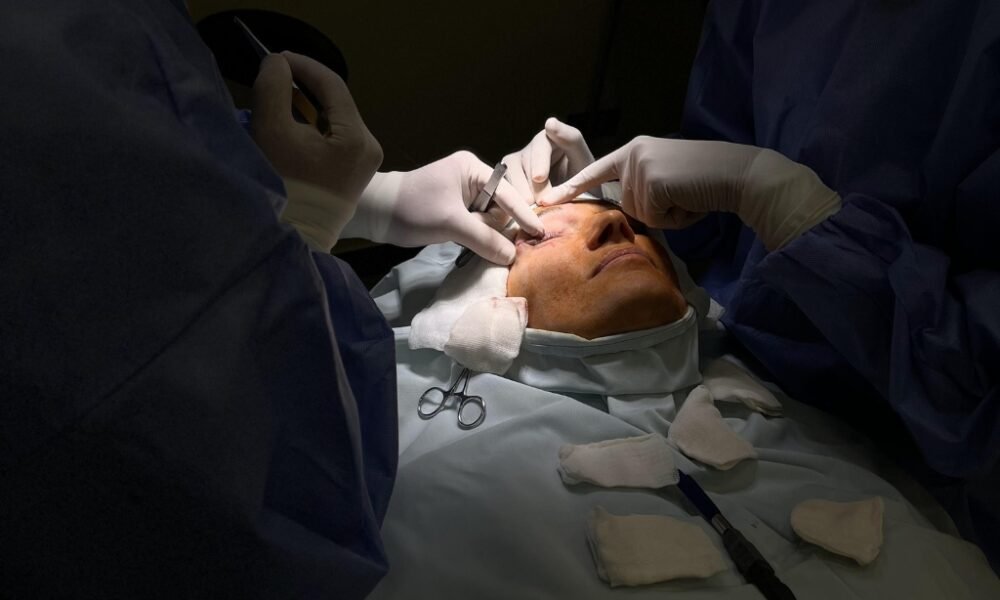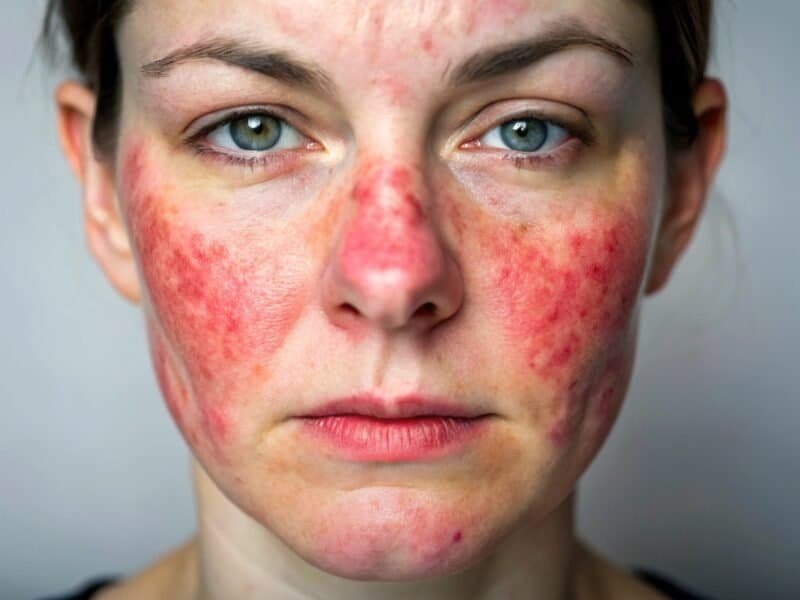Eyelid plastic surgery (blepharoplasty) is becoming increasingly popular all over the world. it can be carried out for both aesthetic and functional purposes. This type of surgery includes lifting the upper or lower eyelids, removing fat hernias, bags under the eyes, wrinkles and folds.
Eyelid plastic surgery (blepharoplasty) is becoming increasingly popular all over the world. it can be carried out for both aesthetic and functional purposes. This type of surgery includes lifting the upper or lower eyelids, removing fat hernias, bags under the eyes, wrinkles and folds.
Plastic surgery on the eyelids improves appearance, improves vision, and in many cases also regulates intraocular pressure.
Who is blepharoplasty intended for?
The ideal candidates are those who have:
- Noticeable bags under the eyes
- Sagging skin on the upper or lower eyelids
- Excess sebum and skin
- Sagging of the outer corners of the eyes
What are the contraindications?
Blepharoplasty may be contraindicated in the presence of eye diseases. For example, in cases of glaucoma or dry eye syndrome, surgical intervention is generally undesirable, as it may further aggravate the condition.
Surgery
If this is not combined with other rejuvenation operations, only local anesthesia is often performed and takes from 40 minutes to 1.5 hours, depending on the volume.
The surgeon makes an incision of the skin on the upper or lower eyelid, and then smoothes or removes fatty tissue. then cosmetic stitches are applied, the scars from which later become invisible on the eyelids due to skin folds.
Postoperative process
The surgeon makes an incision of the skin on the upper or lower eyelid, and then smoothes or removes fatty tissue. then cosmetic stitches are applied, the scars from which later become invisible on the eyelids due to skin folds.
Bruises usually disappear within about 10 days, while swelling subsides within a maximum of 2 months. The results begin to appear within 2 to 4 weeks, depending on several factors, and can last for 10 to 15 years, depending on the skin, body, and genetic characteristics. If the surgery is performed by a professional and experienced surgeon,there will likely be no need for a second procedure.




